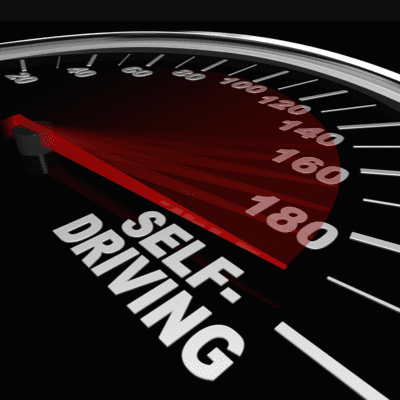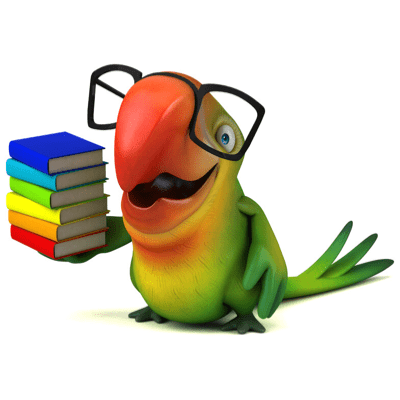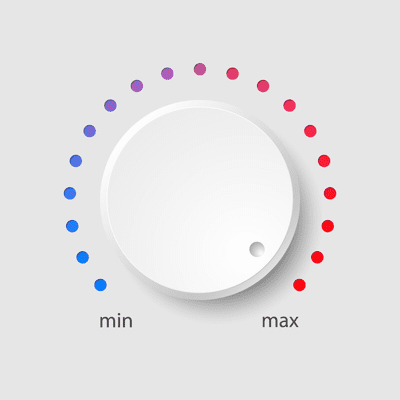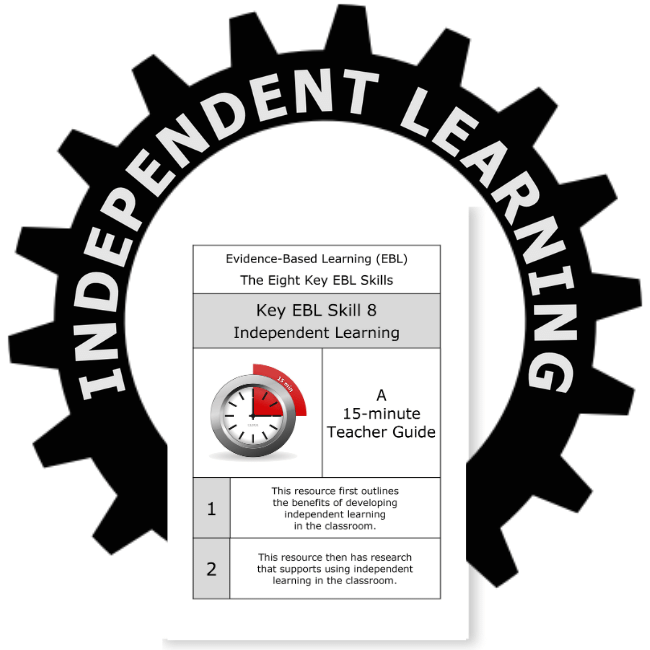

Independent learners are more likely to be successful in school and in life. They have the skills they need to take charge of their own learning and to achieve their goals. Barbara Oakley
Introduction to Independent Learning
Independent Learning is the eighth Evidence Based Learning skill proven by research to maximise learning.

What is Independent Learning?
Independent learning takes place when pupils (and sometimes dogs) set goals for their learning and then monitor and evaluate their progress towards these goals.
A definition of an independent learner

Independent learning is a learning process where learners have ownership and control of their own learning.
The independent learner is able to set goals, make choices, and take decisions about how to meet their learning goals.
They will then monitor their progress toward achieving their learning goals, and self-assess the learning outcomes.
Independent Learning – Livingstone 2012 – Encyclopedia of the Sciences of Learning
After all that, they might then need a nap…

Independent learners set their own learning goals

Independent learning is an approach to learning where pupils are given responsibility for their own learning goals, motivations, and development.
It’s an important skill to learn and improve upon, developing vital characteristics that pupils will need during higher education and in the workplace.
A guide to independent learning in the classroom – Jan 2021 – Hope Education
Independent learners are problem solvers

Two studies suggested that independent learners work to higher standards, are more motivated and have higher self-esteem.
These learners develop skills that help them further their own learning by using their own ideas to form opinions; solve problems and use a range of strategies in their learning.
What is independent learning and what are the benefits for students – Meyer et al 2008
The road towards independence is often a long and rocky one

Independent learning is not about letting pupils work alone. It is about assisting pupils to develop skills which will help them to become good learners, for them to take responsibility for their learning and for them to be able to apply these skills to any new learning situation.
The road towards independence is often a long and rocky one and learners need considerable support. Teachers should not try to achieve too much too soon and should not be too hard on themselves if they don’t see an immediate change in their pupils.
Independent Learning in your Classroom – Mynard & Sorflaten – STUDYLIB
Pupils will need support from others to move from dependent to independent learner
One accepted understanding of learner independence is that it ranges across a continuum.
At one end there are dependent learners who have had little opportunity to develop independent learning skills, and at the other end of the continuum there are learners who are self-directed, self-motivated and capable of learning without a teacher.
Good learners can move gradually along the continuum with the help of peers, parents, teachers and appropriate learning experiences.
Independent Learning in your Classroom – Mynard & Sorflaten – STUDYLIB
Dependent or Independent Learner?
Dependent Learners…

like to work when extrinsic motivators such as grades or rewards are offered
Dependent learners do not reflect on how well they are learning and they cannot identify if they are making progress.
They think that the teacher is wholly responsible for their learning and have no strategies of their own for learning.
Independent Learning in your Classroom – Mynard & Sorflaten – STUDYLIB
Dependent or Independent Learner?
Independent Learners…

are self-motivated
and self-driven
There can sometimes be a misconception that independent learning is working in isolation, with no guidance or support. This isn’t the case.
Being an independent learner is about taking responsibility for your learning, being self-motivated and being self-driven.
How to promote independent learning in the primary classroom Patel – April 2022 – doodle
Independent learners…
I have just got to learn
to say a pretty parrot then
and I can apply to go on PGT.
reflect on the progress they are making and they are aware of what they still need to do
Independent learners take responsibility for their own learning, they know how to learn and they are aware of different strategies for learning.
Independent learners are intrinsically motivated by making progress in learning.
Independent Learning in your Classroom – Mynard & Sorflaten – STUDYLIB
Independent learning has three key facets

Independent learners need to go through these three stages
Independent learning depends on “internal and external” factors
The learner uses these skills to take responsibility for their own learning.
The benefits of independent learning include:

– Improved academic performance.
– Increased motivation and confidence.
– Greater pupil awareness of their own limitations and their ability to manage them.
Independent Learning – Meyer et al – DCSF 2008
Teachers need to develop the skills for independent learning
An independent learner is a learner who takes the lead in their own learning
Strategies for Teaching Independent Learners 2023

Independent learning is about learners:
– Evaluating their use of time.
– Setting their own goals and deadlines.
– Organising themselves and their work.
Independent learning and the expert learner – The Quality Improvement Agency for Lifelong Learning (QIA) 2008
Independent learners take responsibility for their learning

An independent learner can make informed choices, set goals, and make decisions about how to fulfil their learning objectives.
In addition, an independent learner takes responsibility for their learning.
Independent Learning: A Teacher’s Guide – Paul Main – Structural Learning
- During the learning, they will monitor their progress toward accomplishing their learning goals.
- After the learning, they will self-assess the outcomes of the learning.
Developing Independent Learners

In every lesson, there will be moments when the teacher needs to stand at the front of the room and address the whole class. Although sometimes necessary, these periods of teacher talk should be kept to a minimum, allowing for other forms of engagement that require greater levels of independence.
Here are three alternatives to extended teacher talk:
● Hand out the information that you would have talked pupils through. Ask pupils to work in pairs to analyse the information and to produce three headlines or a summary paragraph explaining what it is about.
● Time yourself as you talk, allowing no more than five minutes to give pupils the big picture. Once you have finished speaking, ask pupils to predict what the rest of the lesson will be about and to discuss their predictions with a partner.
● Instead of introducing the topic through talk, throw pupils straight into a task, explaining that the purpose is to challenge them and to help them to predict what might be coming next.
How to develop independent learners – TES Global Ltd 2014
Summary
Independent Learning in your Classroom – Mynard & Sorflaten 2002 – Study Lib
Evidence on Independent Learning (1)

Independent learning is “one the most important skills that a pupil can learn”
Being able to think and act independently remains one of the most important skills that a pupil can learn.
Failure to prepare pupils for the demands of a world where teachers will not be available to provide all the answers is to do them a great disservice.
Independent Learning – Hill Crest Primary School 2023
Evidence on Independent Learning (2)

“Every teacher’s dream…”
It’s every teacher’s dream to have a class full of learners who are motivated, confident and, most importantly, independent. Learning, as we know, never stops, and goes well beyond the classroom. As a teacher, my aim was always to build life-long learners.
Independence is a powerful tool that can help to enhance skills and encourage pupils to want to learn without the constant need for validation.
When children explore and develop a sense of inquisitiveness without adult intervention, their learning becomes much more meaningful; therefore, it’s more likely to stay in their long term memory.
How to promote independent learning in the primary classroom Patel – April 2022 – doodle
Evidence on Independent Learning (3)

Independent learners have…
– Self-motivation and self-esteem
– Independent judgment
– Respect for peers
– Self-discipline
– Enjoyment of challenges
– Active rather than passive learning
– Good communication skills
– Work of a higher standard Greater social skills
Independent Learning – Literature Review – Meyer et al – Learning and Skills Network 2008
Evidence on Independent Learning (4)

Independent learning needs to be scaffolded
Scaffolding refers to the supportive structure provided by teachers, which aids pupils in their learning.
The objective is the gradual transfer of responsibility from the teacher to the pupil step-by-step, the teacher responding flexibly to pupils’ responses rather than following a predetermined teaching path.
Independent Learning – Literature Review – Meyer et al – Learning and Skills Network 2008
Conclusion

Independent learners regulate their own learning
Independent learning is a method or learning process where learners have ownership and control of their learning. Scaffolding refers to the supportive structure provided by teachers, which aids pupils in their learning.
They learn by their own actions and direct, regulate, and assess their own learning.
Independent Learning – Livingstone 2012 – Encyclopedia of the Sciences of Learning










